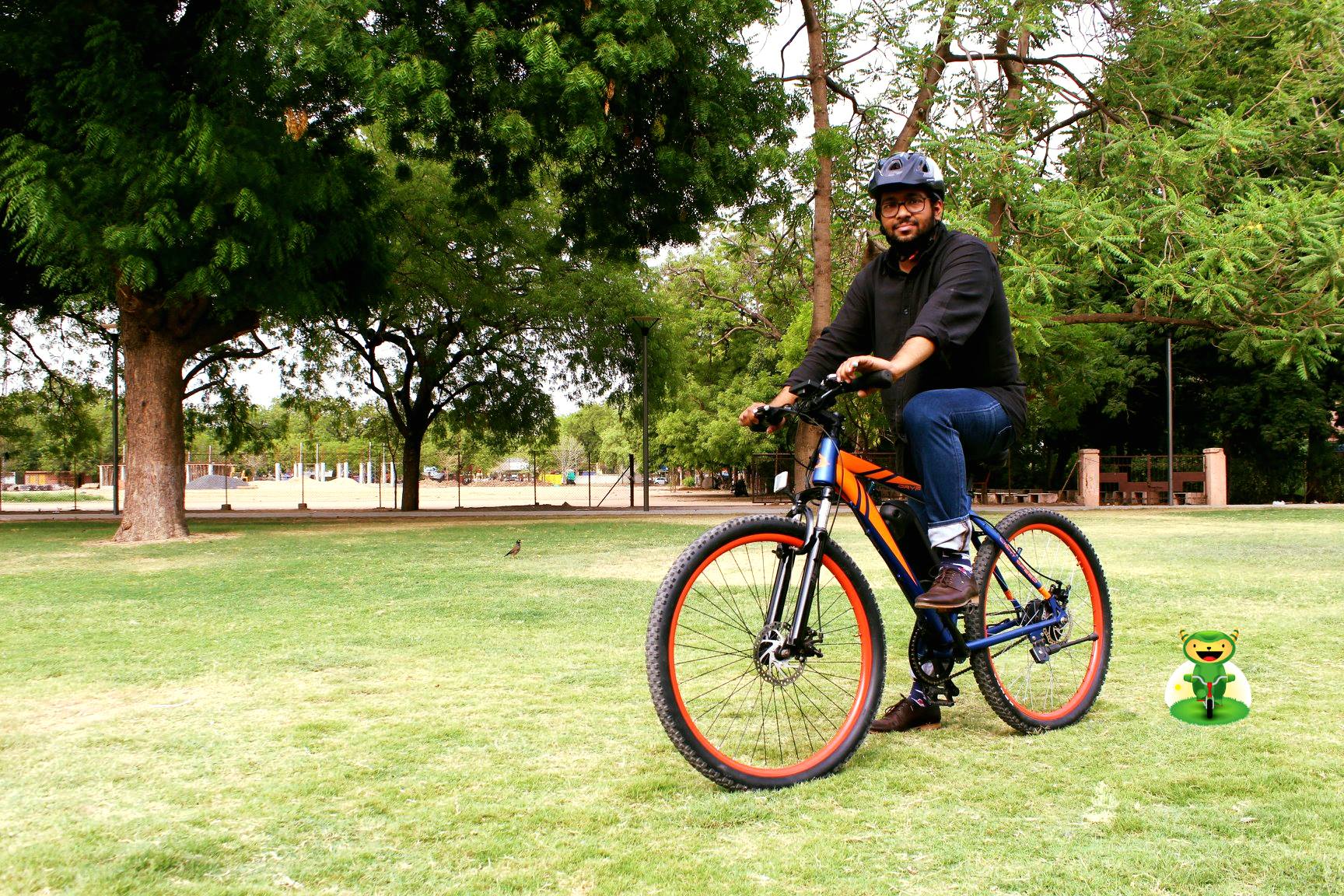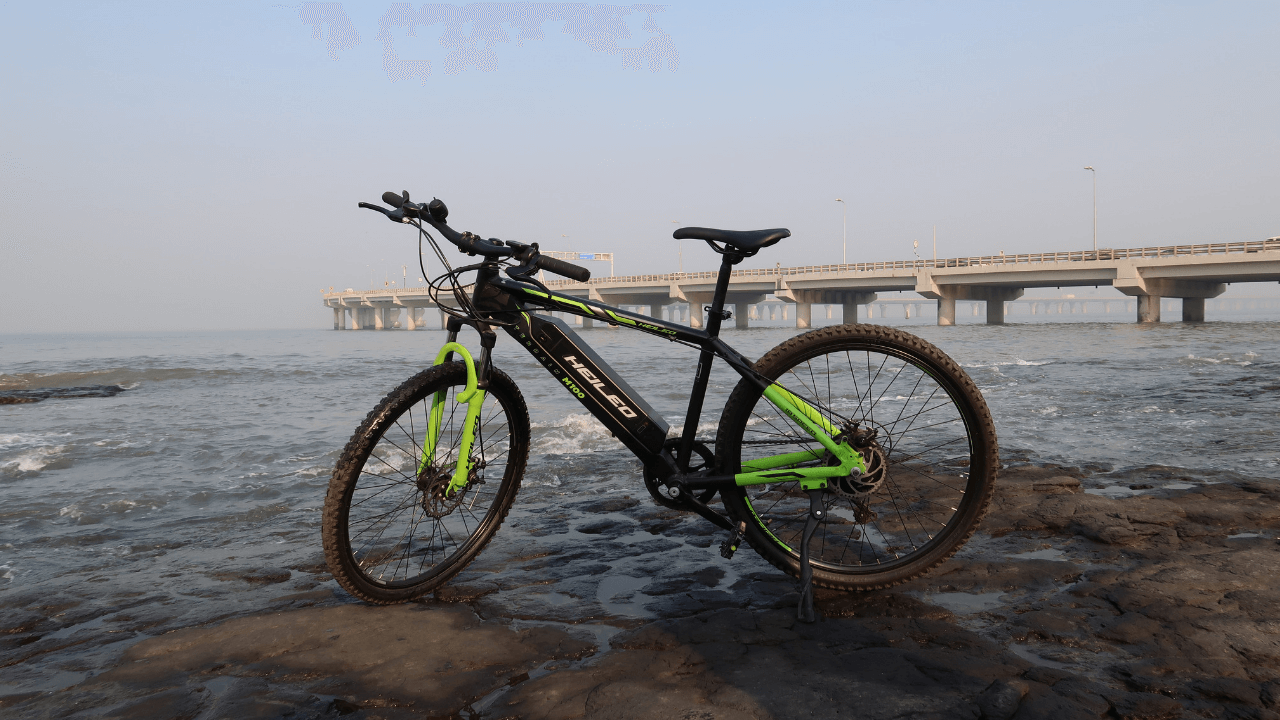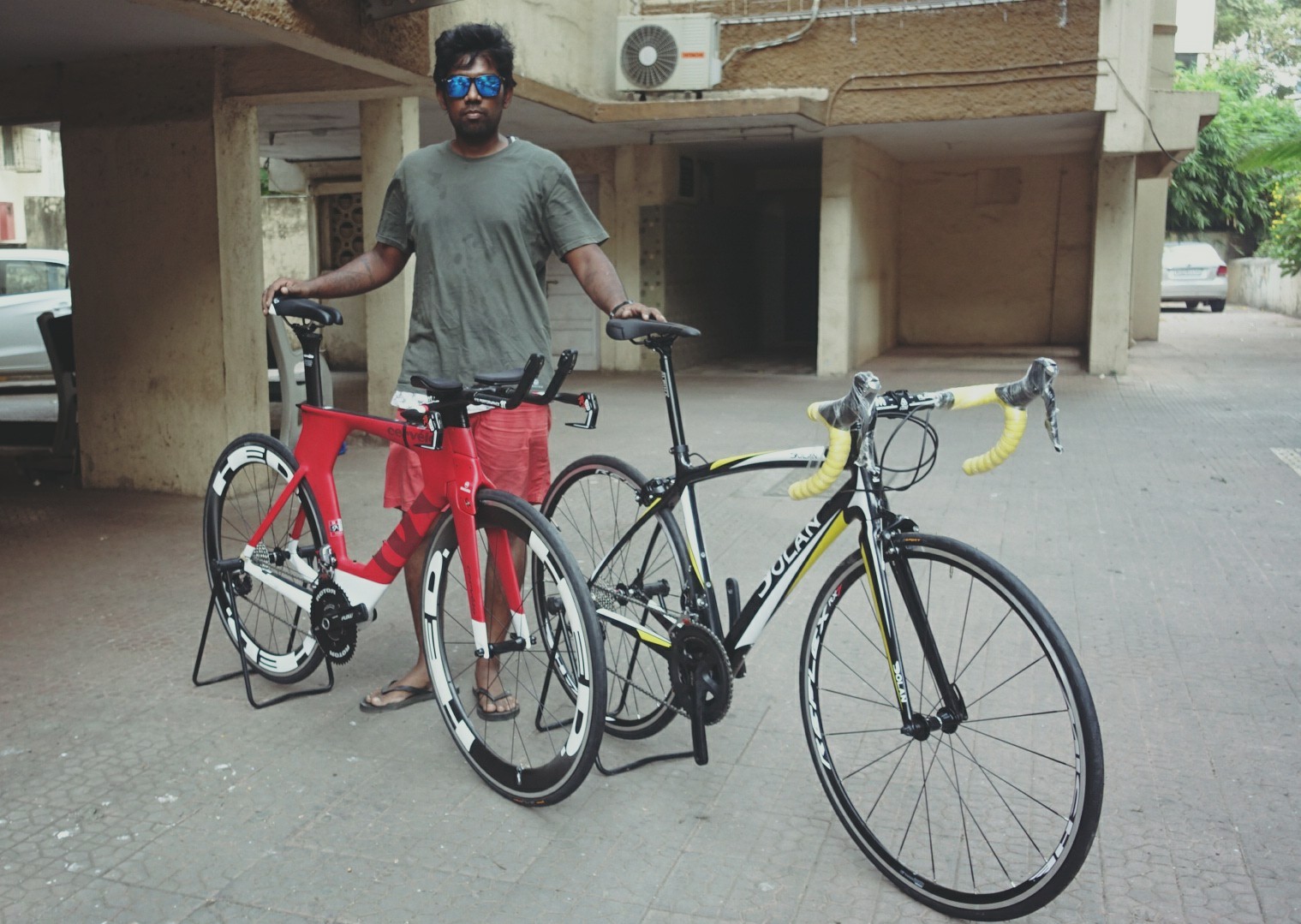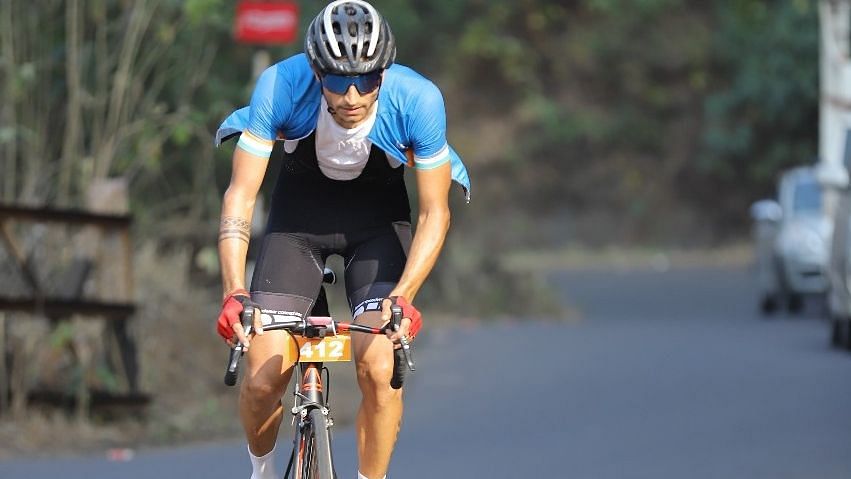With the Mahajan Brothers Team India, Nashik trip for our own Abhishek Tarfe was quite memorable. Exploring Pandav caves, Jain Mandir and corners of the small city, home to the first RAAM winners was quite a tale he could remember forever. Under the experienced hands of Mahendra Mahajan, he got to know a lot more than he ever thought. Besides, the RAAM stories he also got to know a lot about the city, famous food joints and many more things.
While he was in Nashik for two days, he managed to attend 3 felicitation events with the Mahajan brothers where they repeated their success story in different social gatherings and doctor communities. First, it was the ISA (Indian Society of Anaesthesiologists) and the IDA (Indian Dental Association). This was followed by the Ophthalmic community and then finally a grand felicitation by the Jain social group, where the Mahajan Brothers Team India were called in as chief guests.
People asked hundreds of questions, out of which most of them overlapped. We wondered how unnerving repeating the same answers to similar questions framed in different ways could be. Maybe it was just RAAM that made them so calm and patient gentlemen. One thing we were sure of, it was that they would be telling this tale to thousand others they are likely to meet or even bump into. However, what we managed was to put together some of the most repeated questions with the answers below for you to get more insights. Take a look at some questions thrown at the Mahajan Brothers Team India mentioned below.
What was your diet before and during the race?
Six months prior to Race across America, we had a diet plan charted for us by our Dietician Meghna Surve, senior dietician at Talwalkars, Mumbai. Our wives took great efforts of getting the diets prepared for us every day.
During the race, our level of exertion was so high that we needed to fuel every three hours. We used to burn about 10,000-15,000 calories daily and would restore by munching on solid and liquid items. Besides this, we relied on various powders such as Recoverite, Perpeteum, Heed, caffeinated GU gels, ‘On the Run’ bars and dry fruits. There were even times when we used to eat their crew members food, unknowingly.
How did you keep yourself motivated day in and day out at RAAM?
Our rigorous training and efforts under our Coach Miten Thakker improved our performance from 22 to 30 kph to 40 kph. We used to go to Kasara and back in 2 hours 30 minutes (100 km ). Besides, we even managed to climb Kasara Ghat in 19 minutes. We used to compete with racers from Mumbai who Mitten used to train and very few of them could hold on to Mahendra’s wheel. This hardcore training, crew, and diet were a big motivation factor for both of us.
Further, we decide a target and worked towards it sincerely, overcoming hurdles. It might seem easy to keep pedaling on, but without a target, it becomes difficult to even get out of bed.
As you are born athletes, why did you choose cycling in specific? Why not something else?
At a certain stage of life, you realize what you can do and what gives you happiness, that’s what happened to us. Hitendra stated that, since the last 10 to 12 years, we always liked change and challenges. Doing the same thing, again and again, sets in monotony. We started trekking, rowing, flying and running at different stages in life. We even ran many marathons too.
During his graduation, Hitendra used to go to volunteer for Pune marathons, and if someone told him during that period of time to participate the answer would be a stern NO!
Then four years ago, when the brothers got into cycling they realized that it made them very happy. They set goals and one by one stepped up to this- becoming the first Indians to complete RAAM.
What was going through your head when you were cycling for 4800km across varied weather conditions? Doesn’t your body hurt or pain while on the saddle for hours?
Mahendra answered stating, ‘I have never been prepared completely for any exam in my life. I never had the guts to admit that I was prepared, but for RAAM, I would assure you a 100 percent. After completing the simulating ride i.e. 2000km in 72 hours, our confidence was very high. There is no turning back. By that time, you start ignoring the small aches and pains because you have a target in mind. We even attended a few classes by ‘Dr. Bhishmaraj Bam sir’ a very well renowned sports psychologist, who taught us yoga, pranayama, breathing exercises and so on.
Under his guidance, we also learned to focus on every muscle and often used to communicate and send positive energy. There were times when Hitendra used to go till his mitochondria to talk to his body, saying that, “You’re not tired my dear, I am sending you more oxygen, more ATP”. It might sound funny, but such small thoughts helped keep the mind positive and distract the pain and aches.’
He also adds, ‘There is no way you can avoid the thoughts that come in your head, but you have to let go and you have to find a way. You have to look at it positively and keep motivating yourself anyhow.’
They say RAAM riders suffer hallucination? Did you have any such experience across the 4800km terrain?
As a team of two, we were fortunate never to have such issues as we used to get good 2.5 hours of sleep every day. We also used to get a ten-minute power nap in between the day that would suffice our bodily needs. Heavy hallucination is a phenomenon often seen in solo RAAM racers, and is observed mostly after the 4th or 5th day. They are so bad that riders who suffer let their imagination run wild. For instance, they might assume grass is a lake body. This is often because of lack of sleep and fatigue.
Did you go through any incident or mishap that occurred to you during your ride?
Mahendra took the lead again. You must have heard about ‘Cuchara Pass’i.e. at 9955 feet. While I was descending the climb through the rain on the fourth day, my bike started wobbling. I started changing my posture to balance the bike, but the wobbling did not stop. So I stopped braking and let the bike attain max speed, but that too turned out to be a bad idea as my bike wobbled on. Even though all this was going on, a car and a truck on the opposite side stopped and started taking note of my attempts at controlling the bike.
Later, I realized I had a flat, so I started braking heavily trying to slow down. As it was the day time, there was no support vehicle and instead of yelling ‘aye ga’, ‘aye ga’ or ‘baapre’ I started screaming Oh My God! (An attempt to let the car and truck fellow know that I’m in trouble and need help).
Shortly, I found a patch of grass on the side and I headed towards it and crashed. While I was trying to control the bike I had numerous thoughts going through my head. I thought this was the end of our dream of RAAM, end of all the hard work put in for years, money spent etc. How would my crew members feel about this? Luckily I escaped. The drivers of both the vehicles got up and inquired about my whereabouts. Soon I was on my feet and resumed my journey again.
Besides, this incident Hitendra Mahajan also had a nasty fall on day two where two nails were rooted right from his fingers. And deep wounds on both knees, right hand, and right shoulder. Such kind of cuts and wounds are quite common at RAAM. One of our crew cars was also a part of an accident, the police, and the car rental company were quite helpful. Within a matter of two hours, we were back on the road.
How did the Mahajan Brothers Team India crew manage the job with the two riders?
The crew chief was Dr. Suneel Vartak. As a team of 12, we divided ourselves into 4 teams of 3 members’ each for 12 hours duty. The team members comprised of a driver, navigator, and a caretaker. Both the riders were followed by one crew car each. So basically, 6 members would be on duty while the other 6 would be off duty.
After the duty of a crew was over, the other teams would take over and the tired teams would look for a motel 150kms ahead. The change between the two teams would be done within 3 minutes where they would hand over the GPS device and other equipment.
The off-duty crew would check into a motel and they would rest for three hours. First thing when they woke up, the crew would get ready within 15 minutes and head for another long day. They would buy an icebox to keep eatables, energy drinks such as Gatorade which was likely to get spoilt. Then buy 2 crates of water and food for the brothers. Once this was all taken care of, we would sort our own food.
We would load all this in our car and drive another 150 km to catch up with the team ahead. Overall every team would drive for 18 hours a day. 12 to 14 hours duty, 3-4 hours to go ahead and find a hotel and later after a nap again catch up with the rider and take up duty (or relieve those on duty).
How was it in the riding and crewing during the night?
In the night time, we had a direct follow vehicle right behind the rider maintaining a distance of 50 meters. What the crew would only see was the red tail light and the rider’s legs moving. At night, we saw skunks, raccoon, deer and snakes. Hence, there was no way we could leave the riders in the night. Sometimes the weather would be cold, hot or even rain and the crew had to be alert and not bang into their own rider.
Why did you choose such a crew? Did you get any penalty?
We were well prepared beforehand. Apart from Dr. Sachin Gujar settled in the US, none of the crew had driven on American roads which follows a lot of rules and regulation, unlike India. We needed people who had experience at handling legal issues as the ‘chalta hai’ attitude didn’t work there. In India when a cop catches you immediately get off the vehicle and start explaining. In the US, this would get you handcuffed. You have to get the vehicle off the road, cut the engine off and stay in the car.
The crew, as well as the riders, had studied the route thoroughly. The crew didn’t want to put anyone through more of hard work, especially the riders because of their silly mistakes. As our crew members doing their navigation were very alert we rarely missed any turns, even if we did, we got back on the right track in the first 50 meters itself. Except on one occasion, when we entered an interstate highway by mistake and we were lost for 2 hours.
There were even times when the American teams themselves lost their own way. Beings a native to their own country, the Americans at one point took our guidance to follow the right path. All these rules were told to us by our crew members who lived in the US. We did not get even a single penalty.
Will the crew members stand up again for such a situation for any future race?
We are so emotionally attached, and at least nine out of the ten crew members would definitely stand up for any of their future plans where a crew is needed.Special thanks to the Mahajan Brothers Team India.
Special thanks to Mahendra Mahajan
Editor: Arthi Basak







